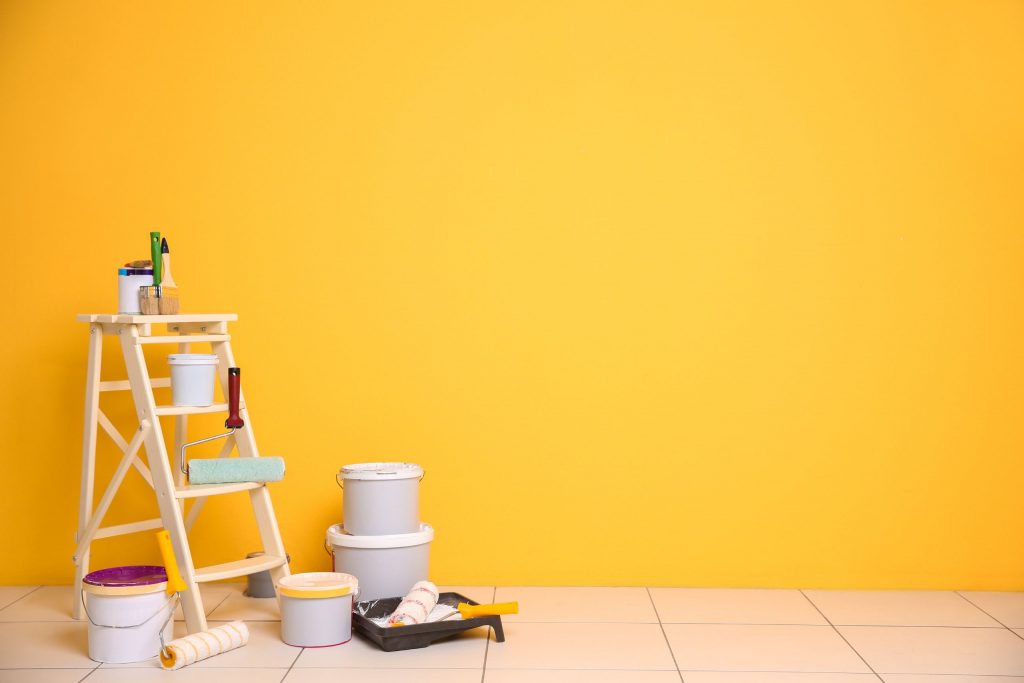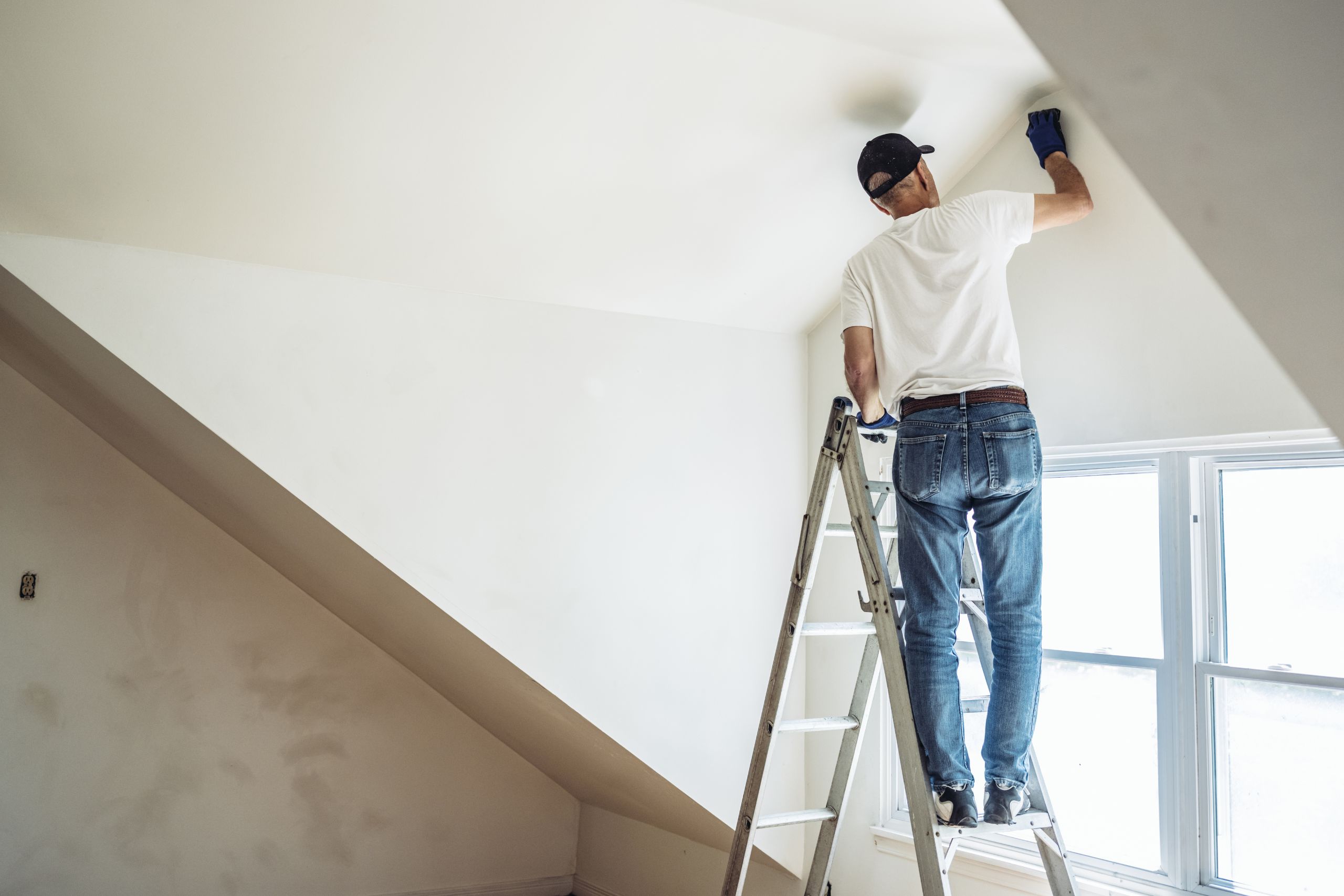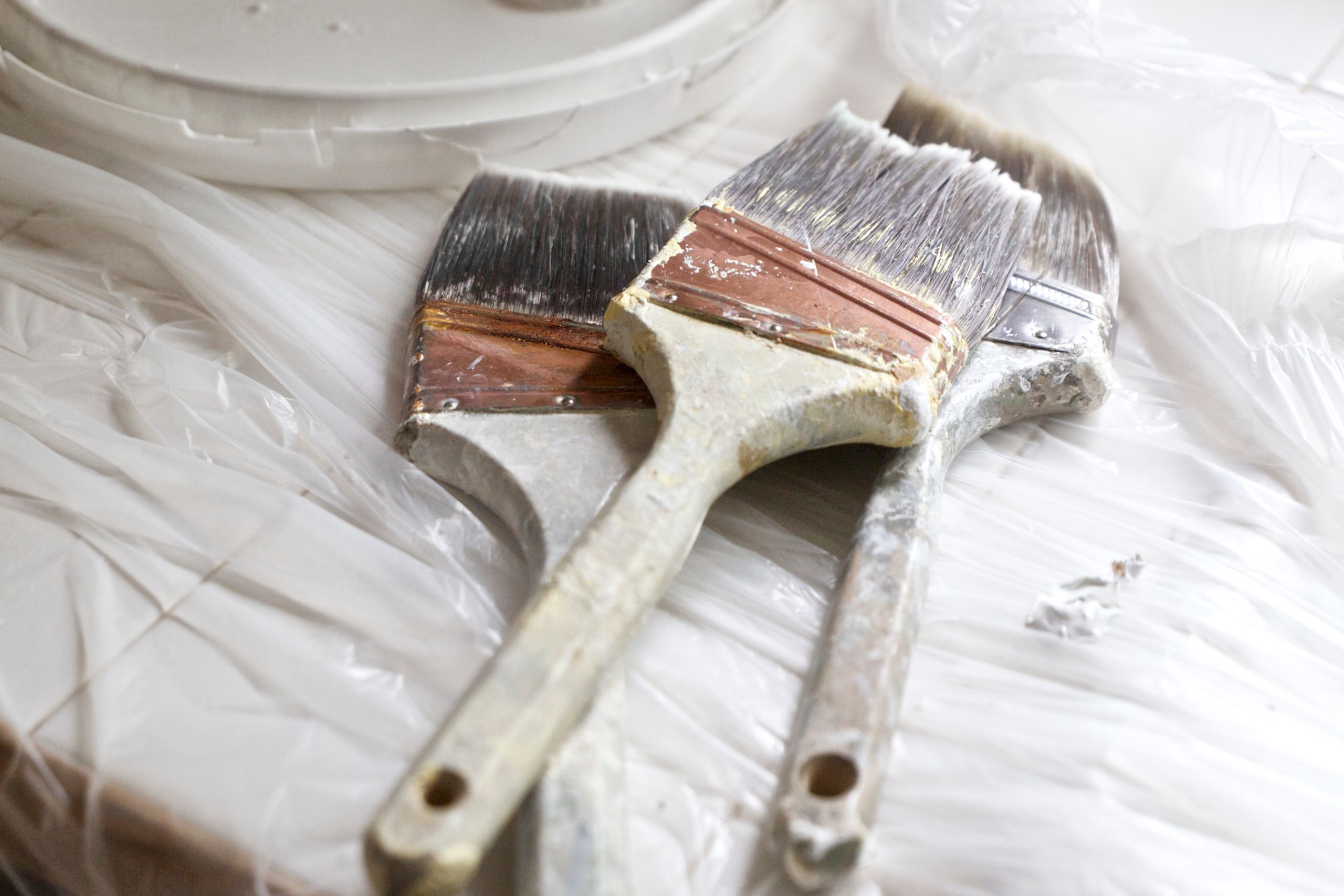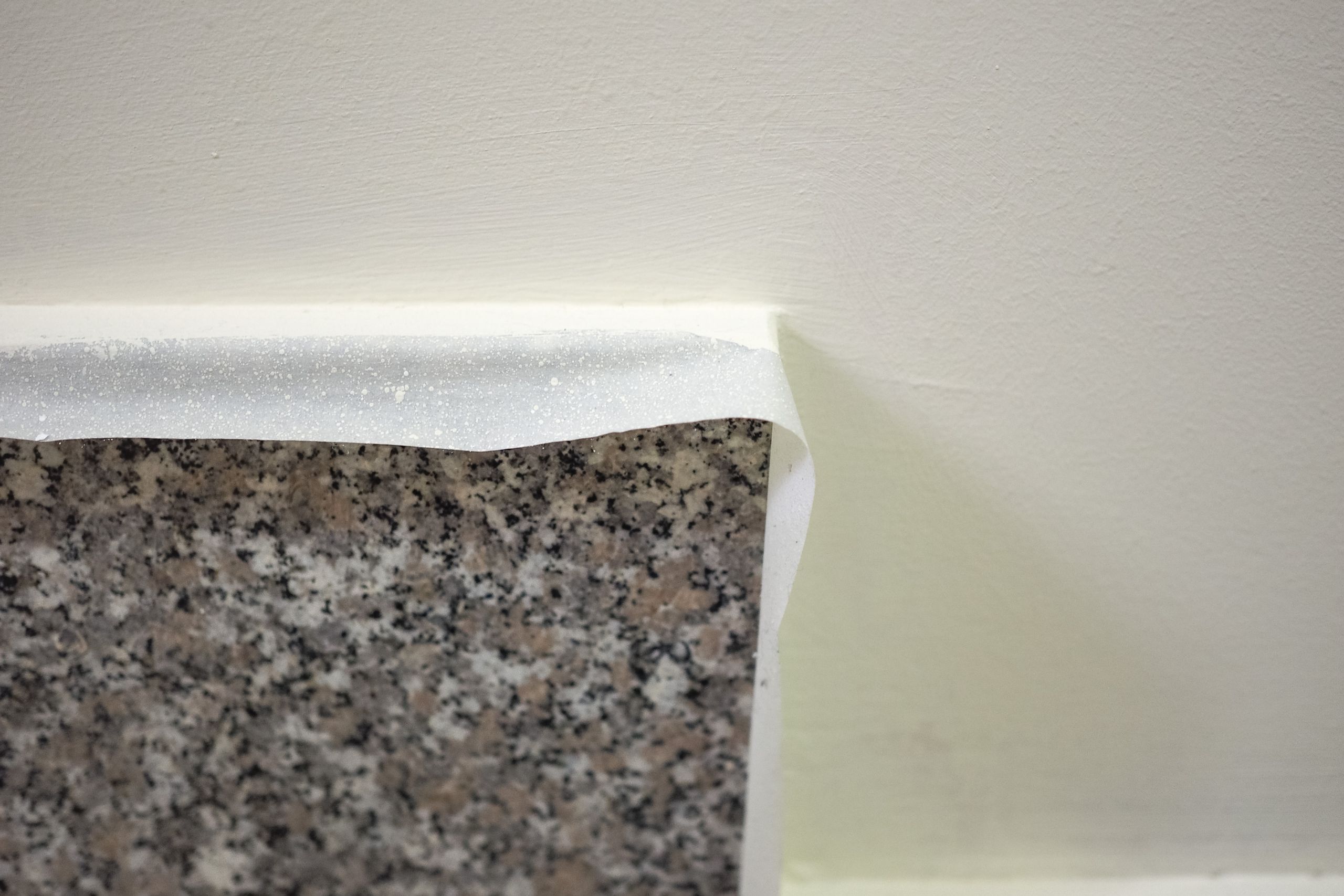Achieving best results from indoor and outdoor painting operations depends on choosing the suitable ladder. A well-selected ladder not only increases painter safety but also efficiency and reach, so soothes out the whole painting process. A small and steady ladder helps painters negotiate tight corners and high ceilings safely in inside environments where room may be restricted. Choosing a ladder that can withstand factors like wind and uneven terrain determines a professional finish in the outside environment.
One should consider many factors when selecting a ladder. These include ladder height, weight capacity, material, kind, and weight—that is, either step ladders or extension ladders. Moreover rather important for guarantees of transportation and simplicity of use are portability and grip stability. These elements enable painters to pick a ladder suitable for their particular situation, therefore improving the safety and effectiveness of their painting work.
Ladder Types: Choosing Based on Project Needs
The correct ladder one uses determines the success and safety of any task. Every kind of ladder serves different objectives, hence it’s important to choose the one suitable for the work.
Low to medium-height interior jobs call for step ladders. They provide confidence for regular home tasks like replacing light bulbs or painting lower walls because of their strong base and design that suits steadiness on level surfaces.
Outside situations, especially for jobs needing access to high areas like tall walls or exteriors, extension ladders shine. Perfect for outdoor painting or roof cleaning, its extensible character lets users securely reach high places.
Unmatched adaptability, suitable for both indoor and outdoor applications, multi-position ladders They may be raised or lowered to suit different jobs such hanging decorations or cleaning gutters.
Finally, platform ladders provide a pleasant standing place for longer indoor exercise. Long painting sessions especially benefit from them as they provide a solid basis and enough space to move, therefore improving both safety and output.
The effectiveness and pleasure of any activity may be much enhanced by choosing the correct ladder.
Height Considerations: Selecting the Right Reach
Choosing a ladder for home repair work largely depends on appropriate height consideration. Usually spanning 8 to 10 feet, ordinary step ladders are perfect for interior usage in spaces with normal ceiling heights. For jobs like painting, replacing light bulbs, or reaching high shelves, these ladders provide plenty of reach and stability and safety.
The recommended tool for exterior work is an extension ladder. They can reach windows, eaves, and roof lines exactly. One should consider the height of the wall or structure you will be working on while choosing an extension ladder. Choosing a ladder able to reach at least three feet above the ground will help you to provide secure access.
Using ladders calls the first priority on safety. One important safety precaution is not to overreach on a ladder; the height of the ladder should provide balanced and safe access to the painting area. This guarantees the person can operate effectively and reduces the possibility of falling. Making wise height decisions for the use of a ladder improves safety and output during house renovation tasks.
Load Capacity and Stability
Knowing the duty classification of a ladder is quite vital when choosing one. Each of the many types of ladders—IA, I, II, etc.—has a maximum weight limit specified. For heavy labor, for example, a Type IA ladder is best as it can securely hold up to 300 pounds. Knowing this grade guarantees safety while climbing a ladder and helps consumers choose one fit for their situation.
Not less significant are stability characteristics and non-slip feet. Whether used indoors or outside, using non-slip materials on ladders helps to prevent accidental slides or shifts, therefore giving safe footing. This steadiness is needed both on uneven terrain and at great heights.
If one looks for extra stability, one should choose a ladder with a weight capacity higher than expected. Users undervalue the weight of equipment and supplies they carry many times; yet, choosing a ladder that can handle more than anticipated provides improved stability and safety during operation. Selecting a ladder with appropriate weight rating and stability characteristics reduces the risk of accidents and provides a safe workplace.
Safety Features and Accessories for Enhanced Security
Choosing ladders means giving safety aspects and accessories first priority, thereby improving security during usage. Especially for multi-position ladders, secure locking systems are very vital. These locks stop accidental movements so the ladder stays steady when working at heights. One should frequently check these locks to be sure they are running as they should before every use.
Particularly with extension ladders, safety depends much on stabilizer bars and hooks. These attachments considerably reduce the possibility of tipping by fastening the ladder to walls. They provide users much more stability so they may operate boldly at different heights.
Furthermore, straight onto the ladder incorporating paint trays and tool storage increases safety and efficiency. Built-in trays and holders for brushes, rollers, and other necessary equipment help to avoid the need for regular climbs up and down, therefore lowering fatigue and possible falls. Those who keep tools close by will be able to be more conscious of their task and safeguard of their safety.
Taken all together, these safety features and accessories improve ladder usage stability and security as well as aid to create a more effective workplace. Giving these factors first priority guarantees everyone engaged a safer experience.

Conclusion
The choice of ladder for painting projects impacts not only safety and efficiency but also if best results are assured. Whether the project calls for an extension ladder to access higher outside regions or a step ladder for indoor chores, key elements include matching the ladder type to the particular needs of the project. Choosing the right height is vital; a ladder too low might risk safety; a ladder too big could be unstable and cumbersome. Materials also are important; fiberglass choices provide extra durability and electrical insulation while aluminum ladders are lightweight and simple to move. By giving these factors great thought, people may improve their painting experience, therefore producing better outcomes and a more fun process. Purchasing the appropriate ladder not only promotes good practices but also raises output and happiness with painting projects. Readers are urged to assess their particular painting requirements and investigate the advantages of making appropriate ladder investments. The blog offers great information that may improve any do-it-yourself project for additional ideas and complete tools and equipment resources.




